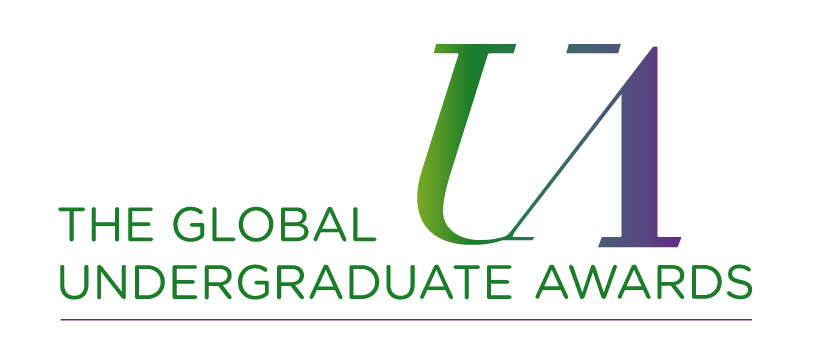Document Type
Article
Publication Date
2019
Abstract
Current research regarding dyslexia and its subtypes is inconsistent. There are discrepancies in the literature surrounding the causes and manifestations of dyslexia. Furthermore, there is very little research concerning the role of statistical learning in differentiating between subtypes of dyslexia. The purpose of the proposed study is to quantify the differences in statistical learning ability across three subtypes of dyslexia (i.e., phonological dyslexia, surface dyslexia, and deep dyslexia). It is predicted that participants with a dyslexia diagnosis of any subtype will be worse at using statistics to find word boundaries than control participants. Additionally, it is hypothesized that participants with surface dyslexia will express the highest capacity for statistical learning among the three subtypes. Finally, it is hypothesized that participants belonging to the deep dyslexia subgroup will express the lowest capacity for statistical learning. Participants from each of the four treatments (i.e., phonological dyslexia, surface dyslexia, deep dyslexia, and control) will be exposed to the same auditory nonsense word stream. After finishing the listening phase, all participants will complete a forced-choice recognition task. The task will be to indicate which of the two sound strings sounds most like a word from the nonsense language. If the results of this study show that there are differences in statistical learning ability between different subtypes of dyslexia, treatments and interventions can be tailored more appropriately to individuals belonging to each subtype. Additionally, it will be possible to highlight early risk factors that can help with early identification of dyslexia in children.



